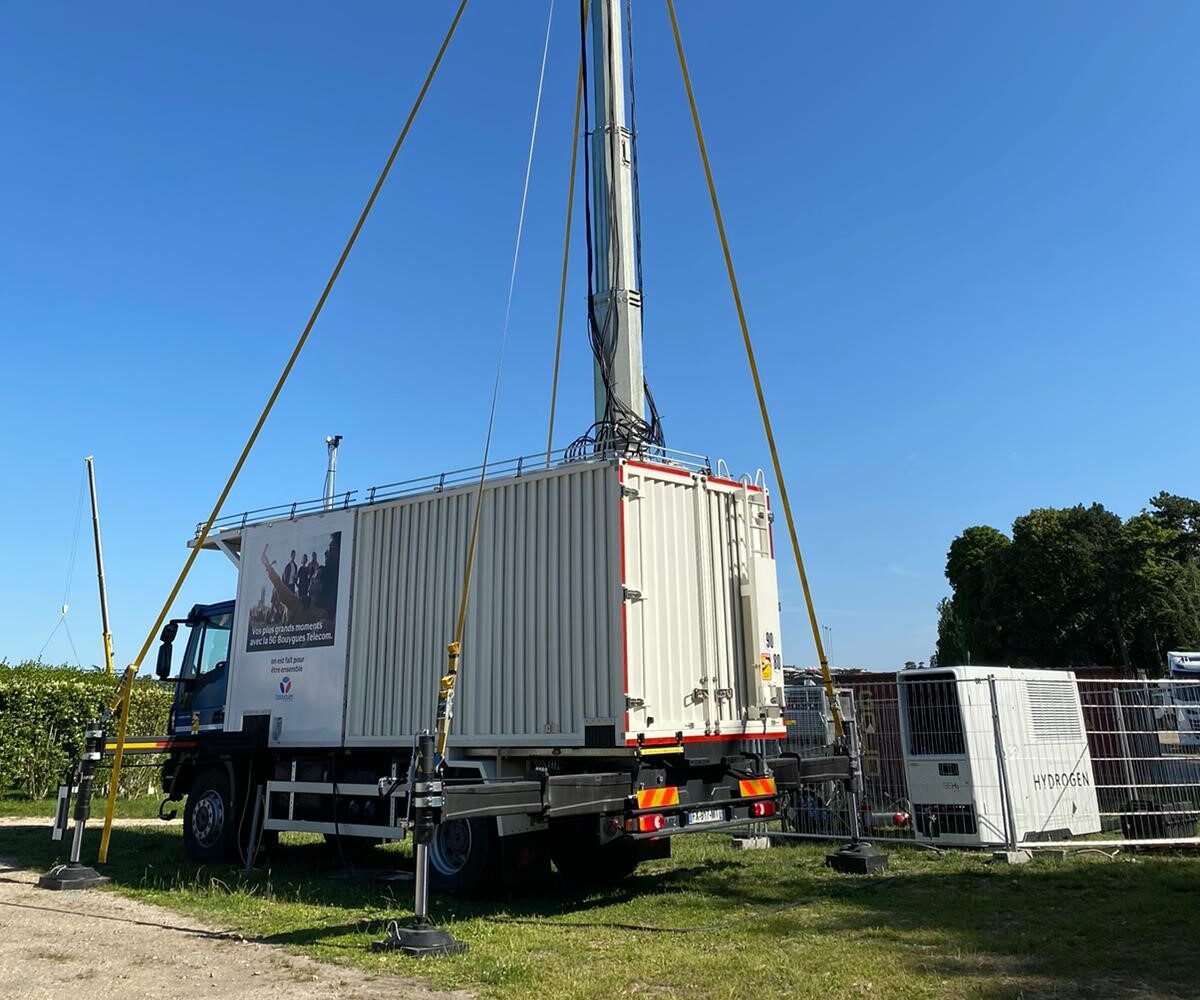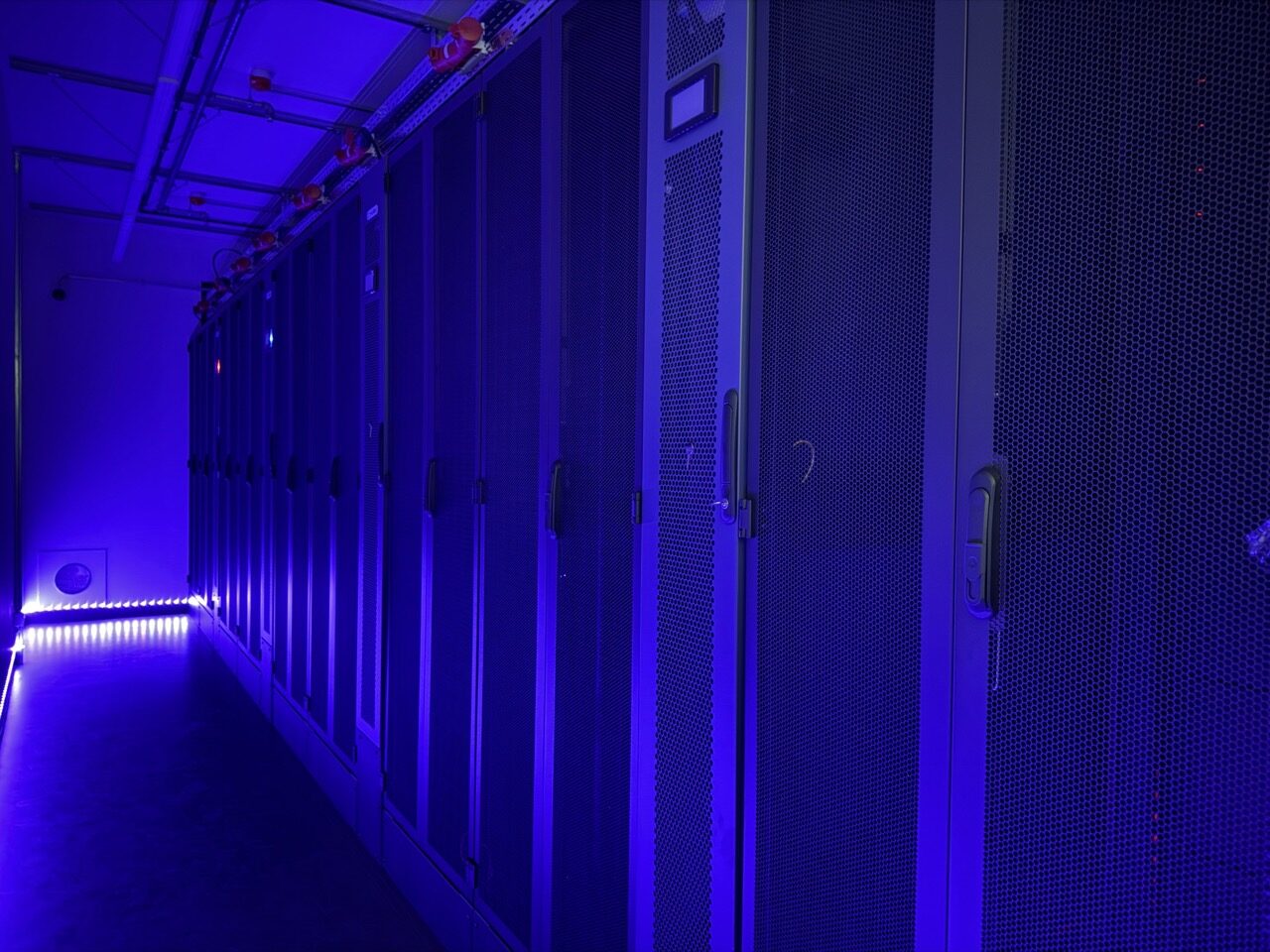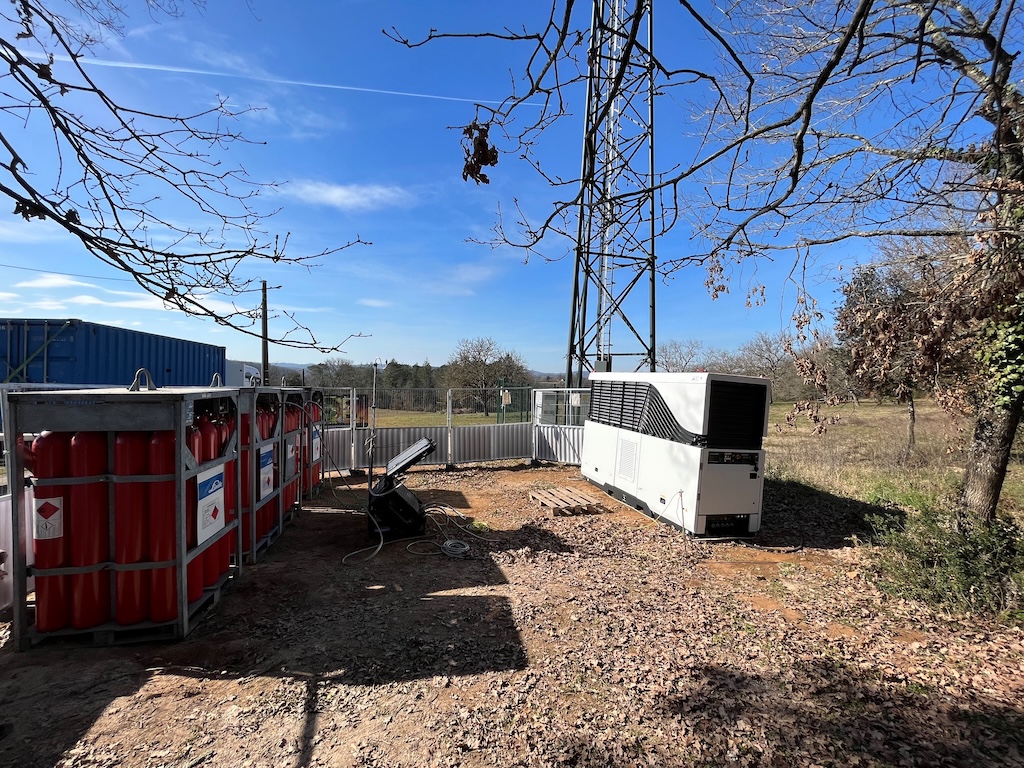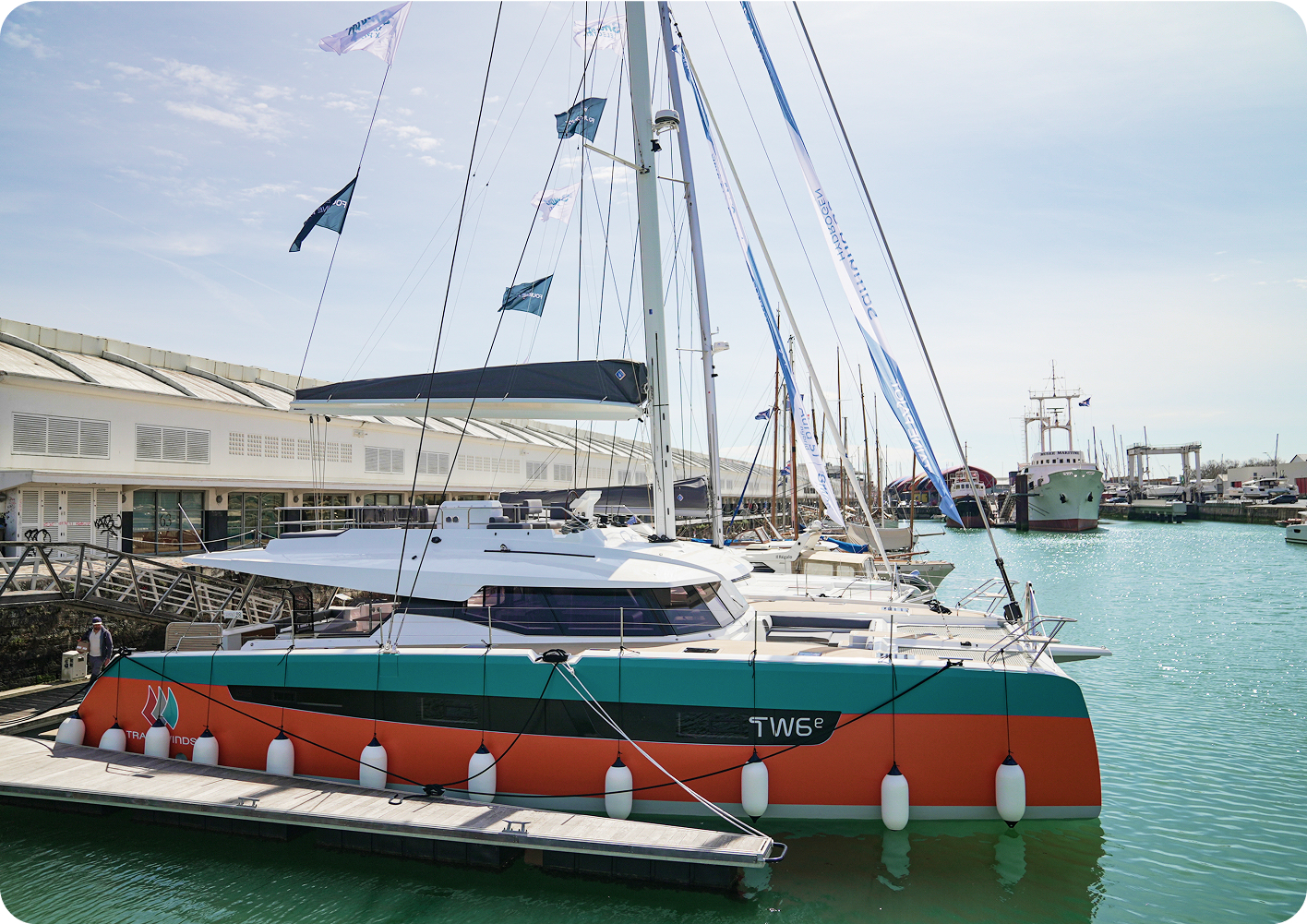The benefits of Bouygues Telecom B-Trucks
B-Trucks are lorries fitted with a relay antenna that can be swung out onto the roof and deployed up to a height of almost 20 meters. This makes it possible to cover busy areas and meet the needs of a very large network. At the event site, if the power supply is not possible or satisfactory, the 5G B-Trucks can be supplied with electricity by generators.
Key Figures
1,2 Megawatts
of power produced
6 sweeks
of running
11 tonnes of CO2
avoided
A powered antenna truck at the longchamps racecourse
During the summer concerts and events held at the Longchamp racecourse, Bouygues Telecom called on EODev to power its mobile relay antenna for 6 weeks.
The choice of GEH₂ for the power supply
Given the absence of a local electricity network, EODev was asked to supply its GEH₂ electro-hydrogen generator to meet the energy requirements and power the mobile base station, which was deployed for several weeks. The choice of this technology offers several advantages: performance and responsiveness of the generator, no CO₂ emissions, no fine particles, no unpleasant odours and no noise. Allowing the public and other festival-goers to fully enjoy the experience on site without the slightest nuisance.
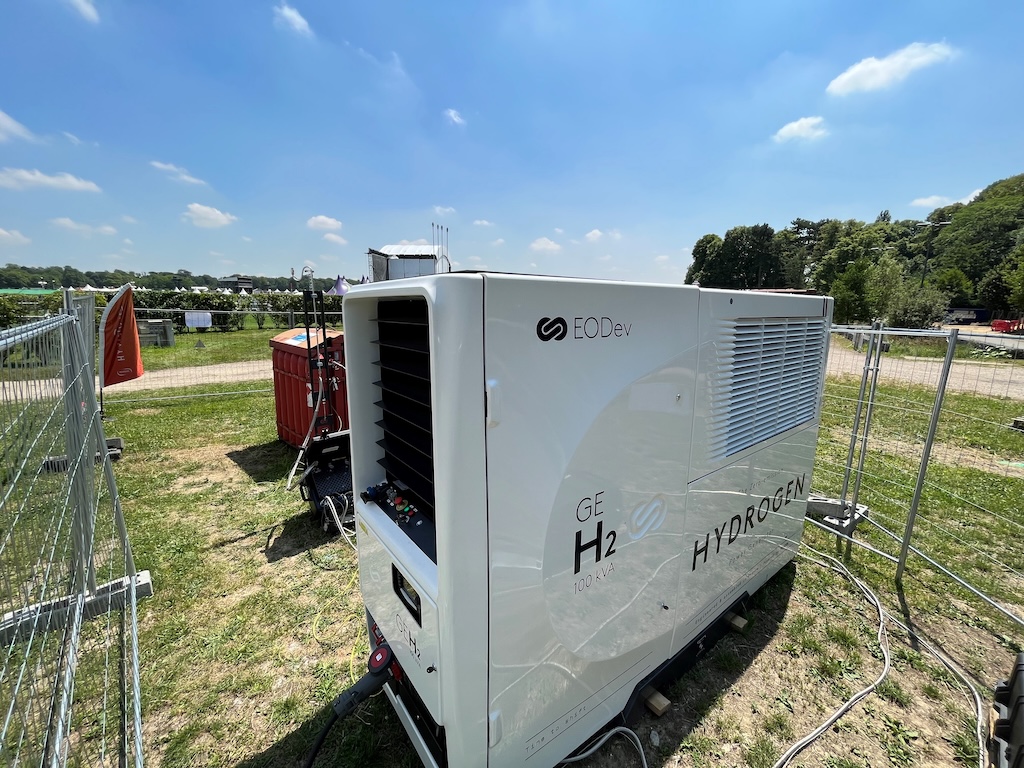
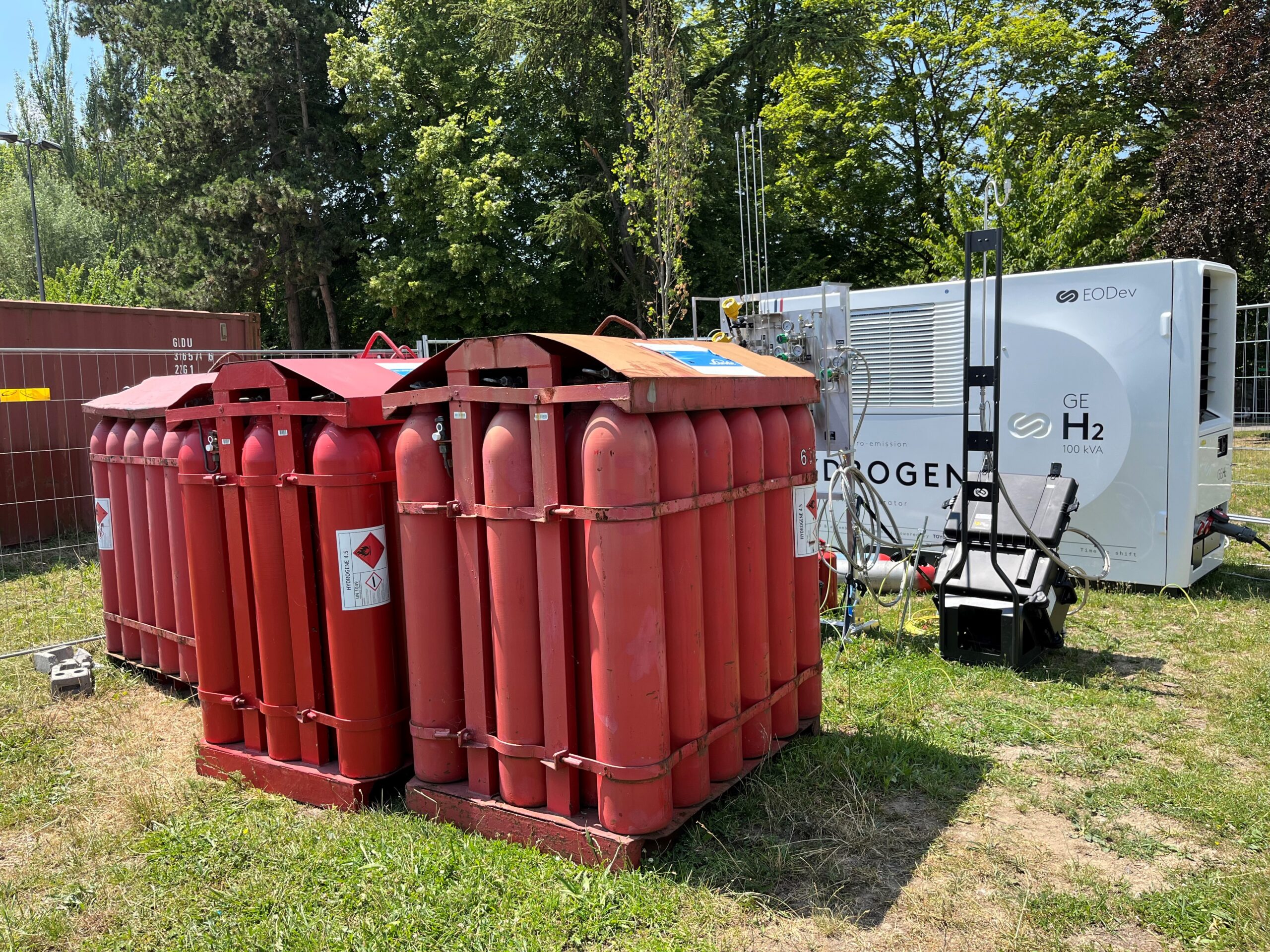
80% reduction in CO2 emissions
In use, compared with a thermal solution, the GEH₂ reduced CO₂ emissions by 80% over the entire period of use, thanks to the use of Linde-certified green hydrogen. In total, almost 11 tonnes of CO₂ were avoided, the equivalent of 87,000 km travelled by plane.
